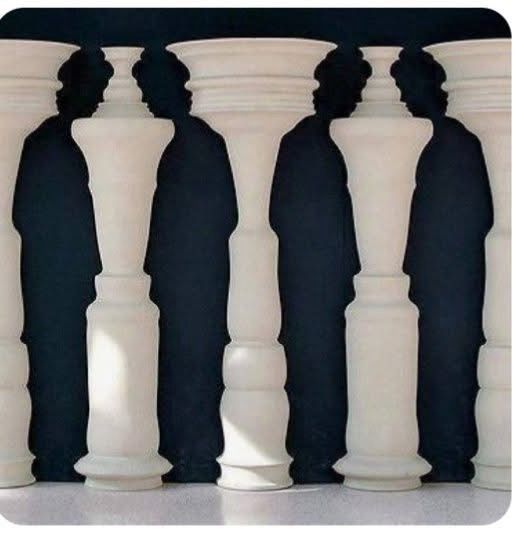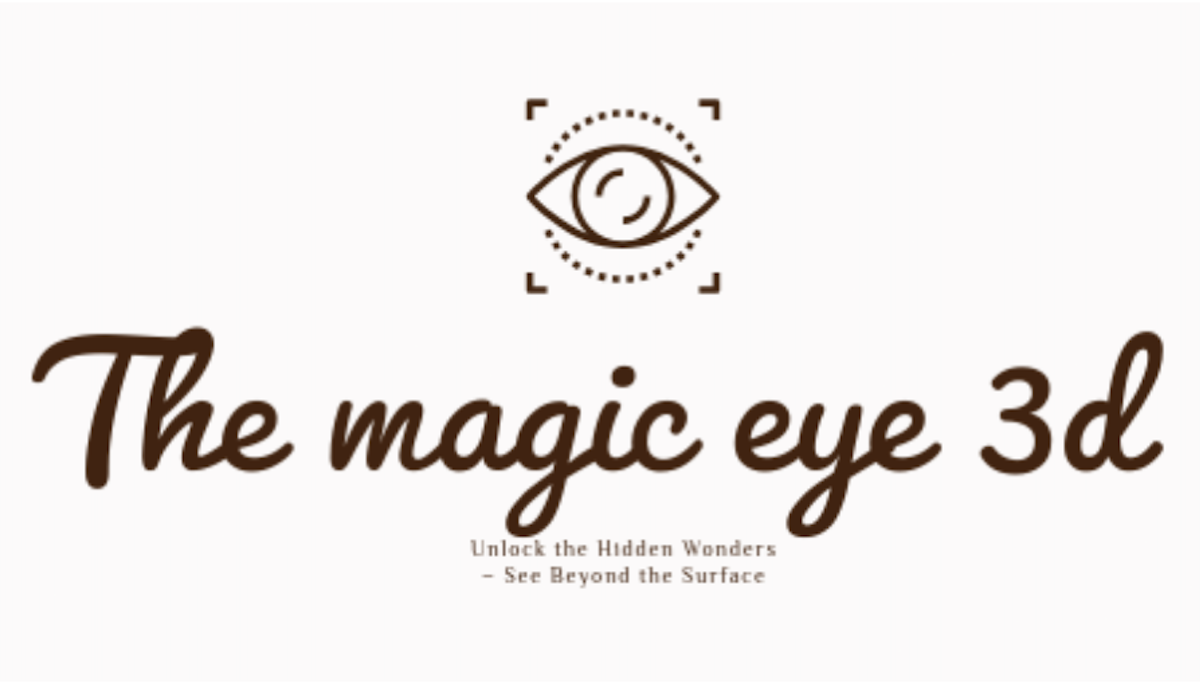Have you ever found yourself staring at an optical illusion, unable to look away, trying to figure out what’s real and what’s not? You’re not alone. Optical illusions fascinate us because they reveal something extraordinary: the way our brain processes, predicts, and sometimes misinterprets the world around us.
But why exactly are we so drawn to these mind-bending images? The answer lies in psychology—and the way our brain is wired to make sense of the complex, often ambiguous, information it receives every second.
🧩 How Optical Illusions Work
Optical illusions work by tricking the brain’s visual system. When we look at something, our eyes send signals to the brain, which then interprets those signals based on past experiences, context, and expectations. Illusions take advantage of this process by presenting conflicting or ambiguous visual information, so the brain tries to “fill in the blanks” or make a best guess.
For example, in a famous illusion where a drawing can look like either a rabbit or a duck, your brain may switch between the two depending on what it expects to see. This is called perceptual switching, and it shows just how flexible (and sometimes unreliable) our perception really is.
👁️ The Brain’s Shortcuts: Why We Fall for Illusions
Our brains are incredible, but they also love shortcuts. Known as cognitive heuristics, these mental shortcuts help us make quick decisions without analyzing every detail. While they save time and energy, they also leave us open to being fooled by illusions.
One common example is the Gestalt principle, where the brain fills in missing parts to form a complete picture. This is why we can “see” shapes or patterns that aren’t really there our minds want to create order out of chaos.
Illusions also play with depth perception, light and shadow, color contrast, and motion, making us see things that defy logic. Even when we know something is an illusion, it still tricks us—because our brains are working on autopilot.

🧠 What Illusions Reveal About You
Believe it or not, optical illusions can also give us a glimpse into how our brain uniquely works. What you see first in certain illusions may say something about your attention focus, personality traits, or emotional state.
For example, in images where two interpretations are possible (like a young woman vs. an old man), your brain may favor one based on your experiences, mood, or how your mind typically processes visual information. That’s why these illusions are so popular in personality tests—they reflect more than just sight; they reflect perception.

🎨 Why We Enjoy Them So Much
There’s a playful challenge in illusions that keeps us engaged. We love solving puzzles, spotting hidden images, or having that “aha!” moment when we finally see what others might have missed. Illusions give us that dopamine rush of surprise and curiosity.
Psychologically, they also give us a safe way to explore uncertainty. In real life, ambiguity can be uncomfortable—but in the world of illusions, it’s fun and harmless. It sparks wonder, activates curiosity, and reminds us how mysterious and amazing the brain truly is.

🧠 Final Thoughts
Optical illusions aren’t just fun to look at—they’re powerful tools that show us how the brain works, how perception is shaped, and how much of what we “see” is actually constructed in the mind. They remind us that reality is not always as it seems—and that our brain, though brilliant, can be beautifully flawed.
So the next time you get lost in a 3D stereogram or can’t unsee the hidden image in a drawing, smile—your brain is doing exactly what it was built to do: interpret, predict, and sometimes be totally amazed.



Useful information